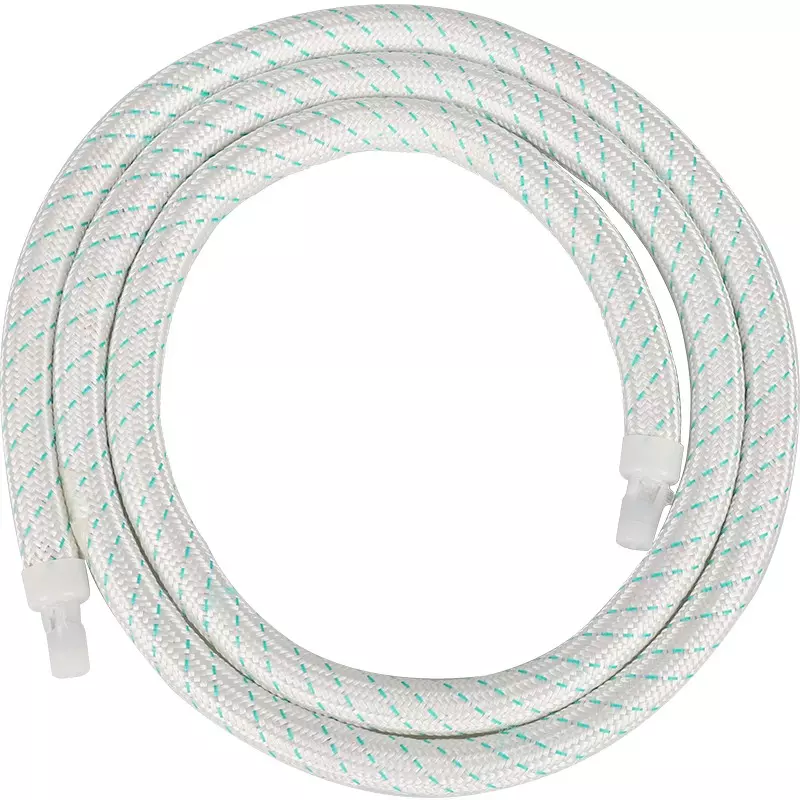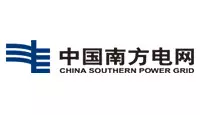Shanghai, China
+86-17317656853
inquiry@cgprotection.com







Source-free fire extinguishing rope is mainly used to solve the fire problems in inverter cabinet, PLC cabinet, control cabinet, power distribution cabinet and all kinds of general electrical cabinets.



If you need timely service, please contact us through online chat on our website
or Email: inquiry@cgprotection.com
WhatsApp: +8617317656853

| Brand | C&G |
| Product Name | Fire extinguishing rope without source sensing |
| Model | CG-line-Φ7 CG-line-Φ10 |
| Description | 1. No origin from the sense of fire extinguishing rope is mainly to solve the inverter electrical cabinet, PLC cabinet, control cabinet, and all kinds of general-purpose cabinets within the body of the fire problem, to fill the cabinet inside the fire protection field blank; 2. It can be freely and flexibly arranged in the position of easy fire point, and the installation is not restricted by the working condition of the equipment; 3. The originless fire extinguishing rope is in the form of a rope containing particles, which realises rapid fire extinguishing through the principle of room rest. 4. Sensitive fire detection, active release, fire suppression without the need for storage tanks, temperature/smoke sensors, nozzles, pipelines and other system support equipment. 5. No source of sensory extinguishing rope without failure, no pollution, no false alarms, free of annual inspection, free of maintenance. Application: rail transport, new energy, energy storage battery, communication, museum, chemical industry, ship, CBD |
| Activation Temperature | 350±10°C |
| Storage Temperature | -40~80℃ |
| Warranty Period | 5 years |
| Unit | metre |
| Material | Fluoropolymer nanocapsules |
| Application | rail transport, new energy, energy storage battery, communication, museum, chemical industry, ship, CBD |
| Calibre | Unit Weight(g/m) | Protection Volume(L/m) |
| Φ7 | 45.45(±2) | 250 |
| Φ10 | 75.65(±2) | 400 |












© 2023 Shanghai C&G. All Rights Reserved.